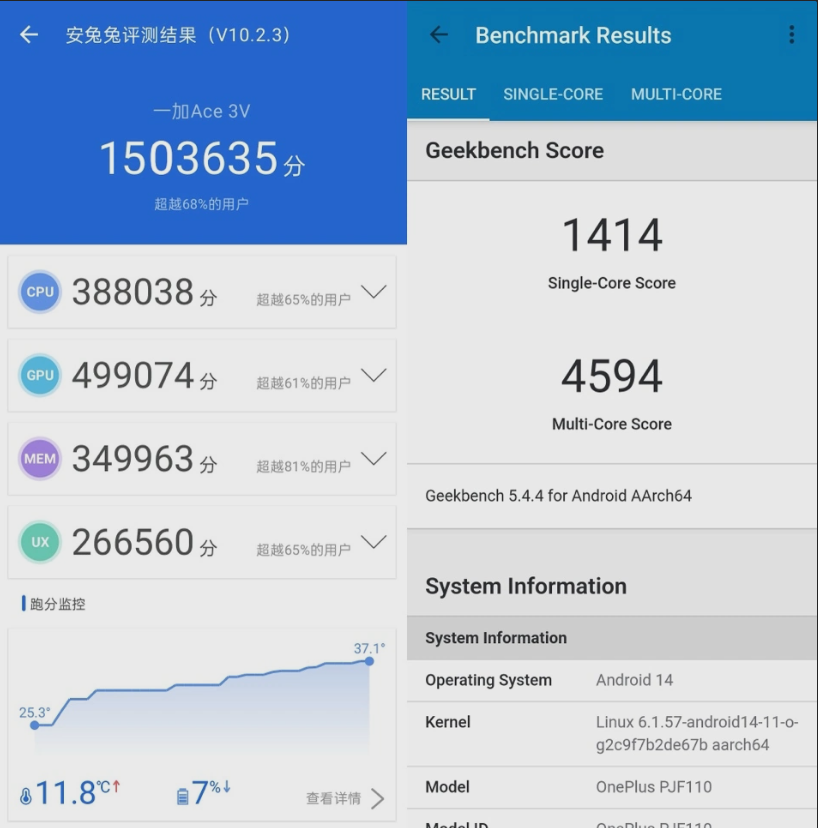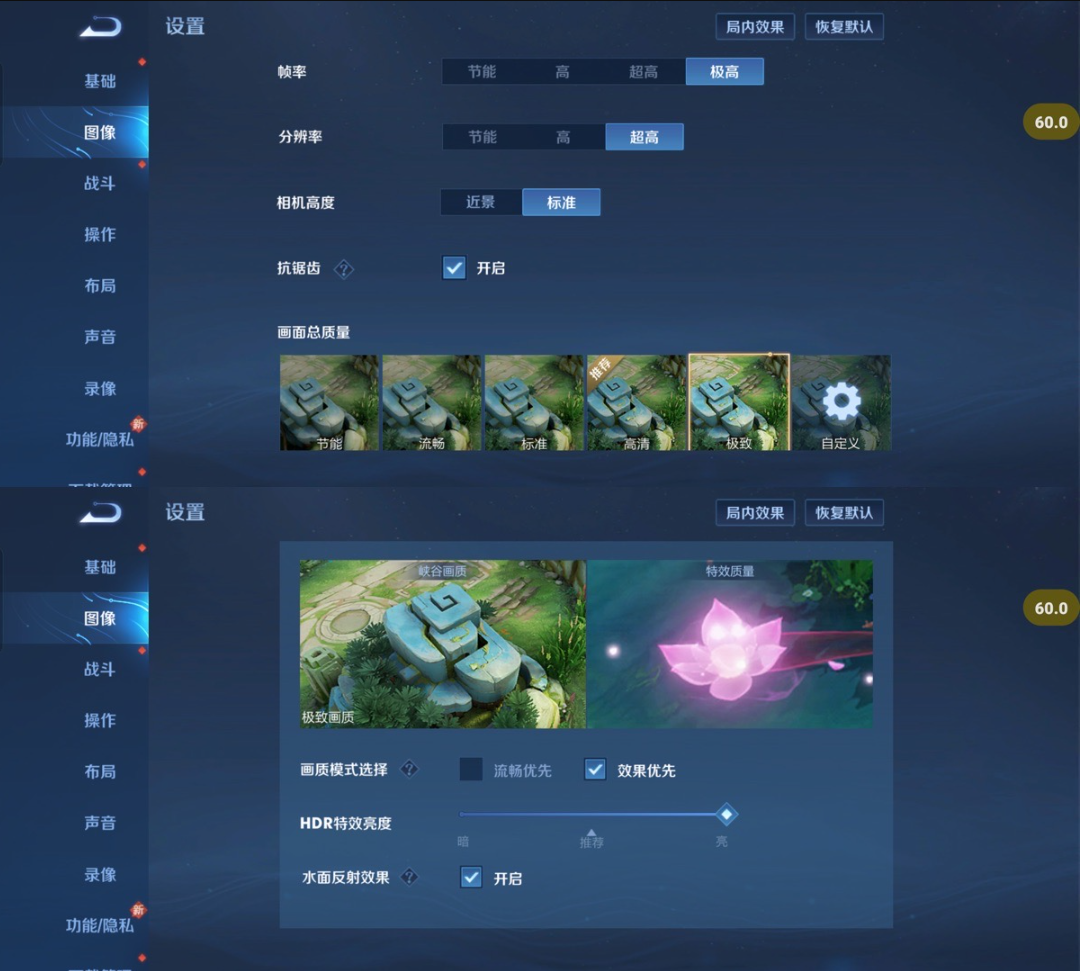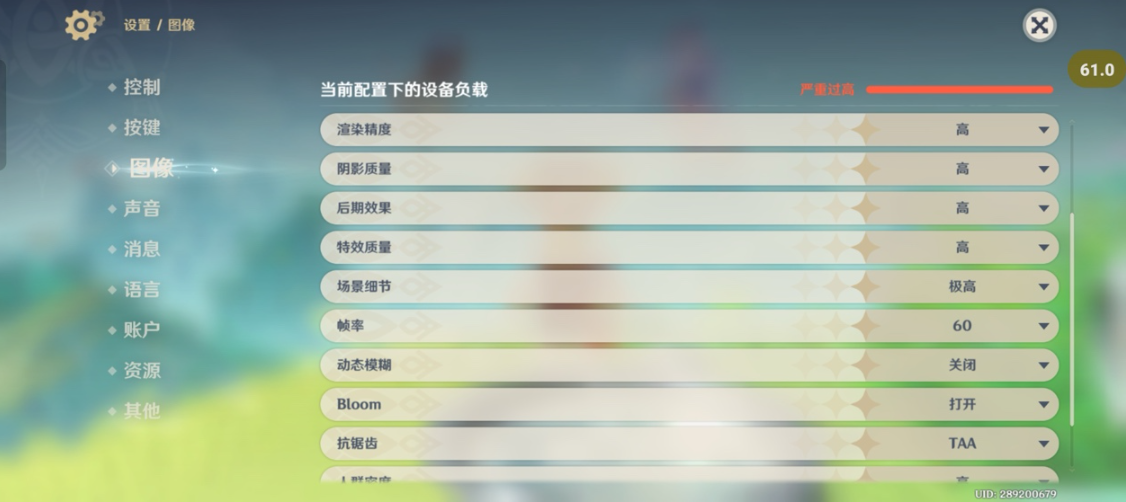With the development of the smartphone industry, the “cost-effectiveness” models are becoming increasingly challenging to produce. As the industry becomes more competitive, products across various price ranges are gradually converging in terms of specifications. To achieve the level of uniqueness seen in previous years or to surpass competitors, clearer product positioning is essential. In this regard, OnePlus has stood out in recent years. Since focusing on performance, it’s clear positioning and competitive pricing have even revitalized the fiercely competitive industry. A year has passed since the release of the OnePlus Ace 2V, and OnePlus has now introduced its successor – the OnePlus Ace 3V.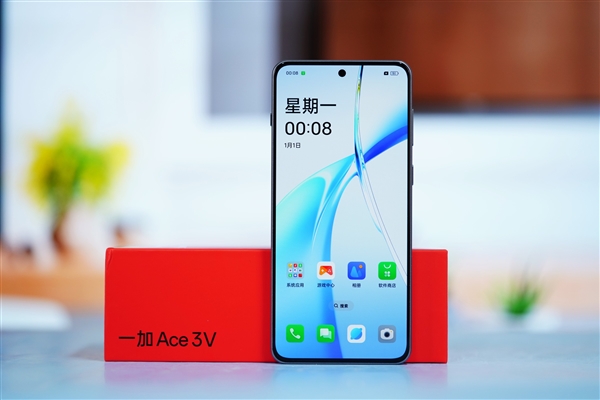
Compared to its predecessor, how does this generation perform? Can it continue to hold its ground in this price segment? In this article, we’ll share our experience.
Design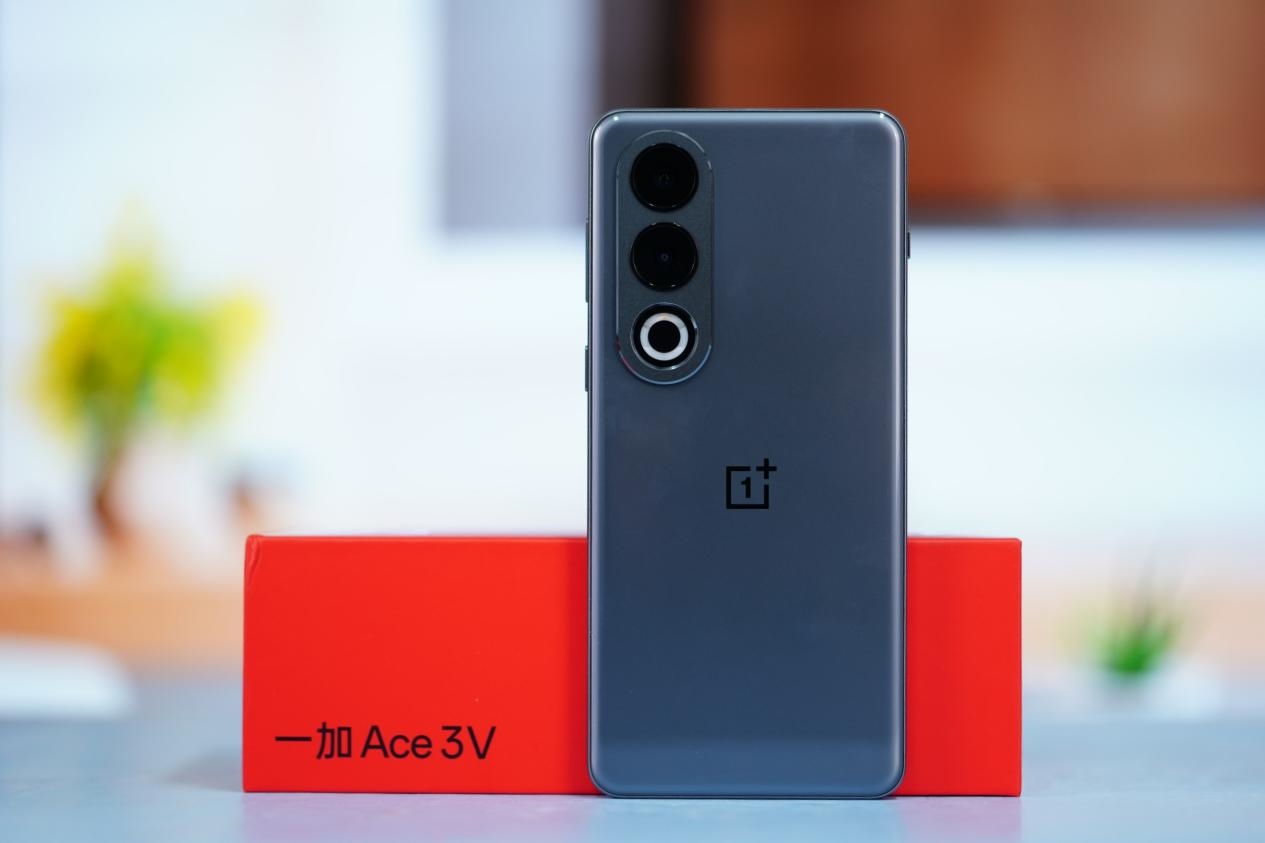
The device still maintains the simple and rugged design of its predecessor. However, it introduces a new design for the camera module, with dual cameras and a ring flash arranged vertically on the aluminum base at the top of the device. Paired with the stainless steel lens protection ring and the glossy CNC edges, it’s both exquisite and sturdy.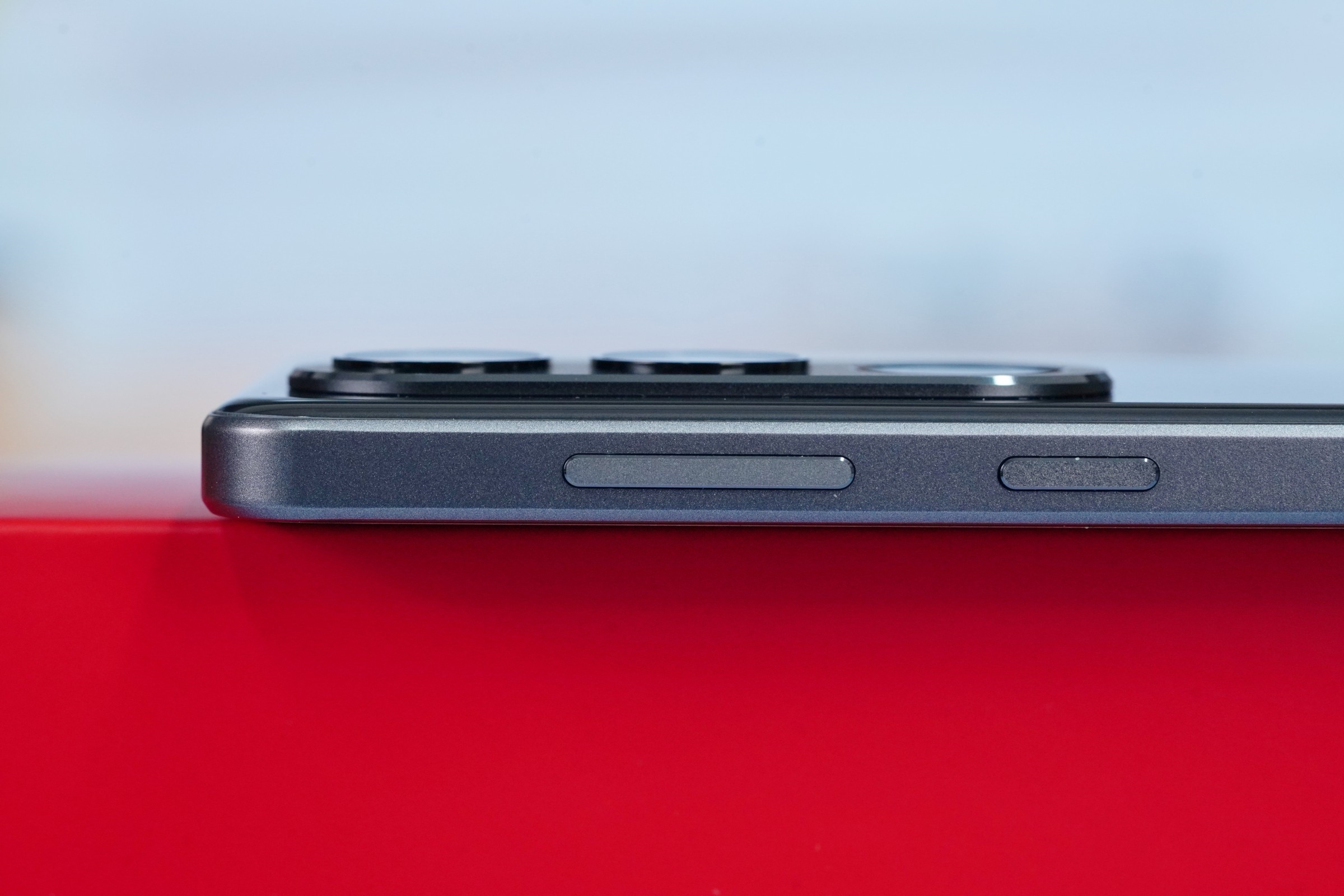
The “Titanium Gray” color variant features a glass back with edges polished to create what the company calls “2.8D” curves, seamlessly integrating with the chamfered mid-frame to ensure a comfortable grip.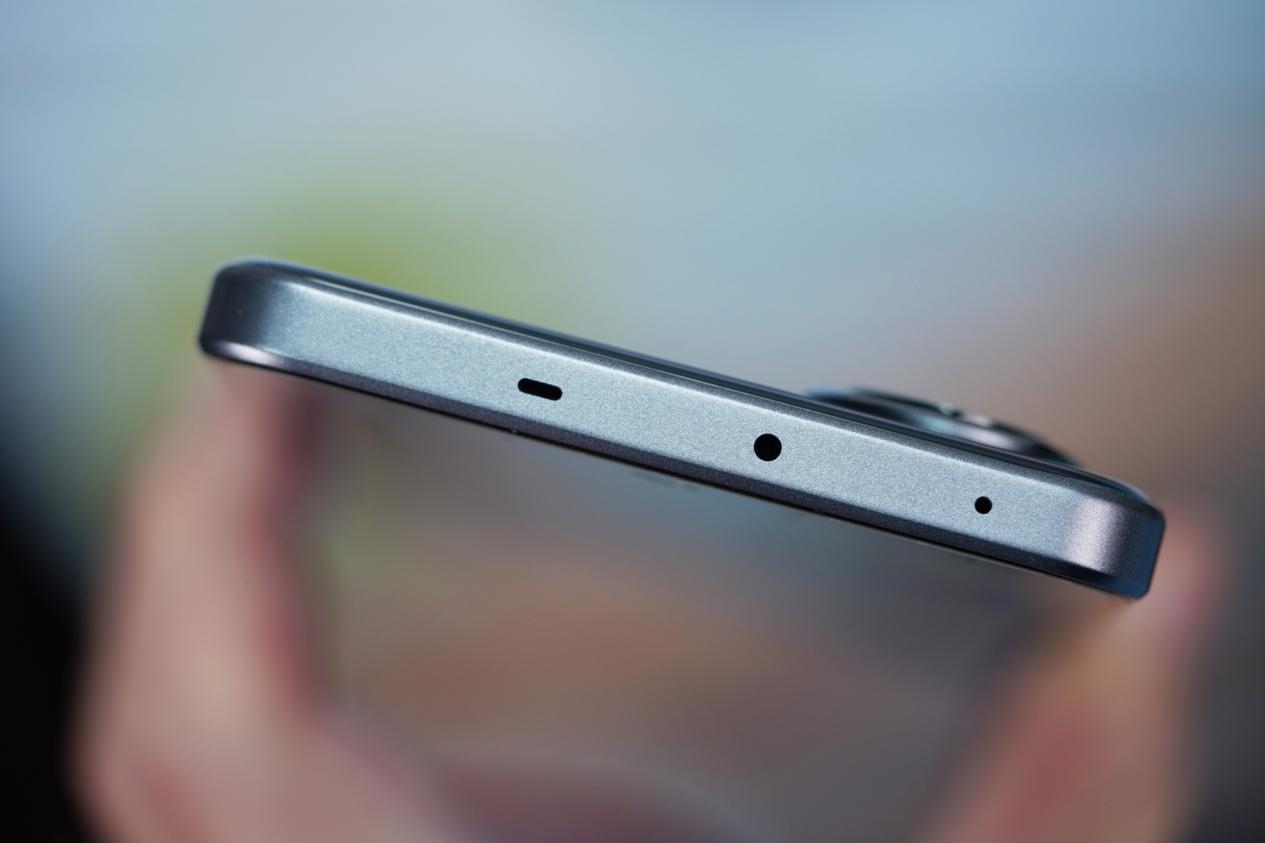
The mid-frame is made of plastic, but thanks to the minimalist high-quality feel achieved through sandblasted glass craftsmanship and solid overall construction, it doesn’t feel cheap visually or when held. The metallic sheen under light might even give the impression of a metal build.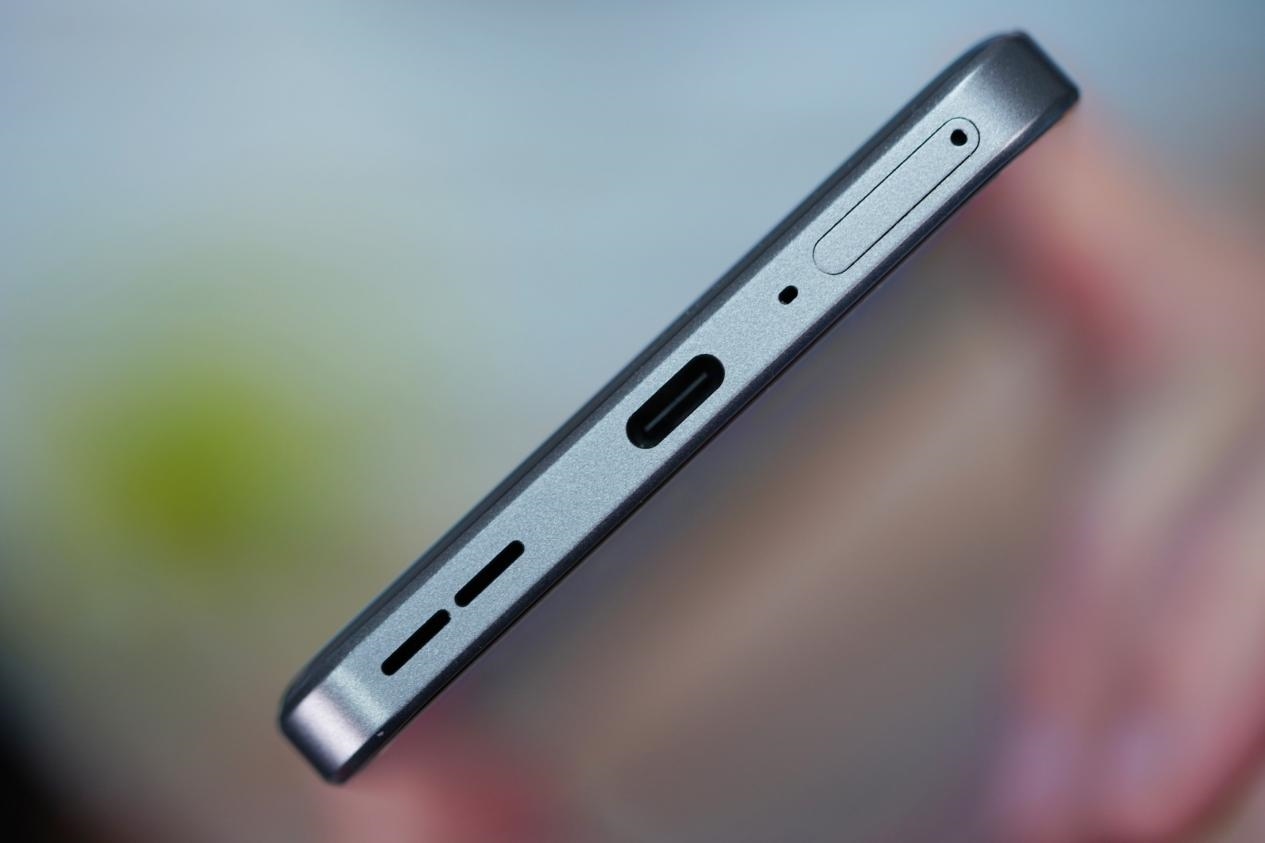
The highly acclaimed “three-stage switch” on the side continues from the previous generation, with the volume keys now relocated from the left side to the right side, which doesn’t significantly affect daily usage.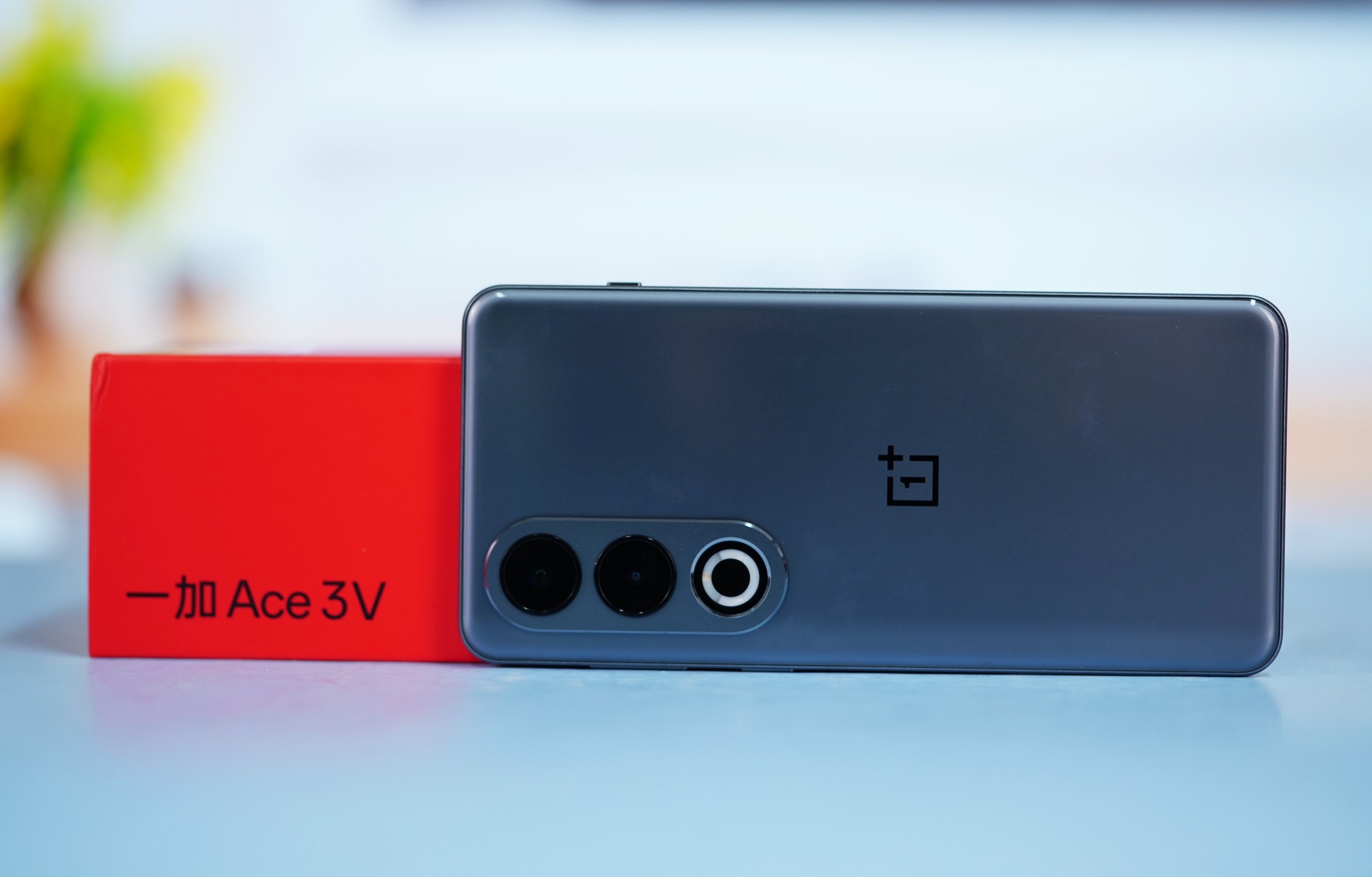
The top retains the infrared port, still supporting infrared functionality. The SIM card slot is located at the bottom of the OnePlus Ace 3V, with speaker grilles shaped like two “I” characters.
Looking at the front of the device, it still boasts narrow bezels with the front camera housed in a centered punch-hole, maintaining a clean look.
Display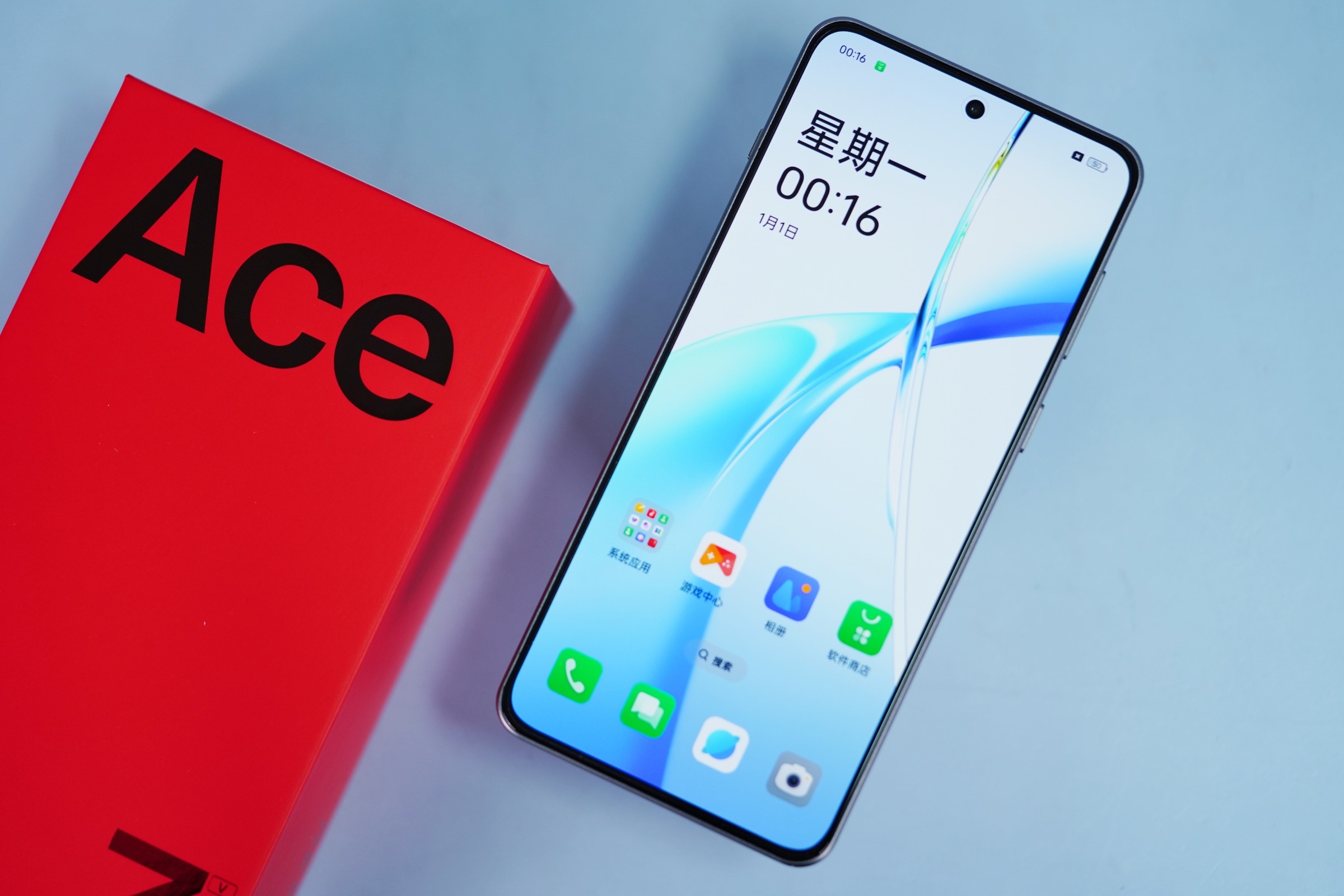
The OnePlus Ace 3V features a 6.74-inch 1.5K AMOLED display with the new Pegasus U8+ luminescent material, providing excellent display quality with a peak brightness of 2150 nits and support for 120Hz refresh rate.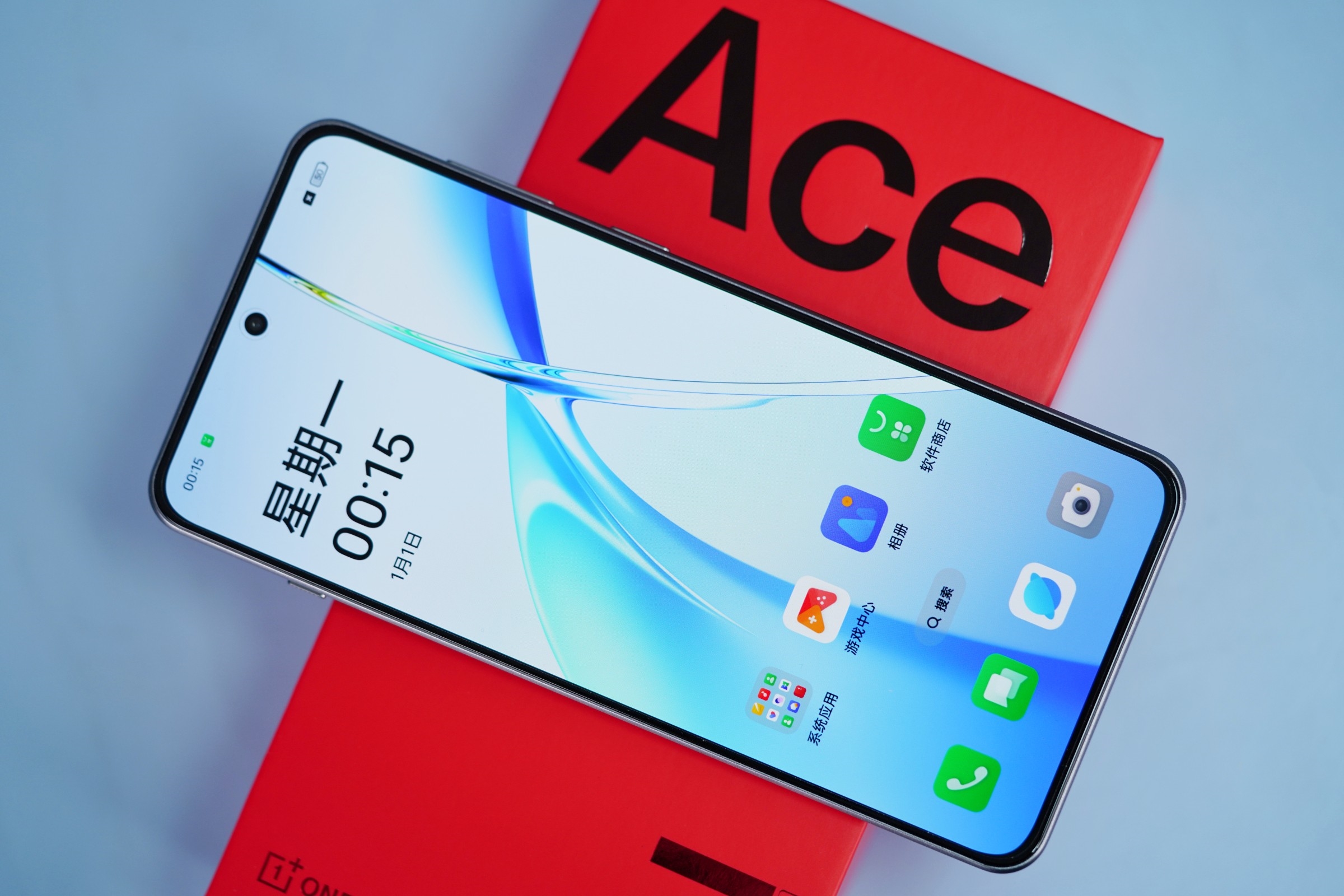
In addition to the impressive screen quality, the OnePlus Ace 3V still incorporates the same “Bright Eye Protection” technology found in flagship models, offering hardware-level blue light reduction. Combined with features like 2160Hz high-frequency PWM dimming and 1 Pulse type DC dimming, it provides comprehensive eye protection even on a mid-range device.
Furthermore, the OnePlus Ace 3V introduces AI capabilities to personalize brightness adjustments based on user habits for different scenarios. Its outstanding eye protection abilities have earned it certification from the National Eye Care Diagnostic and Treatment Engineering Technology Research Center’s Eye Health Safety Evaluation System (ECAP). In terms of eye protection, it’s top-notch.
Performance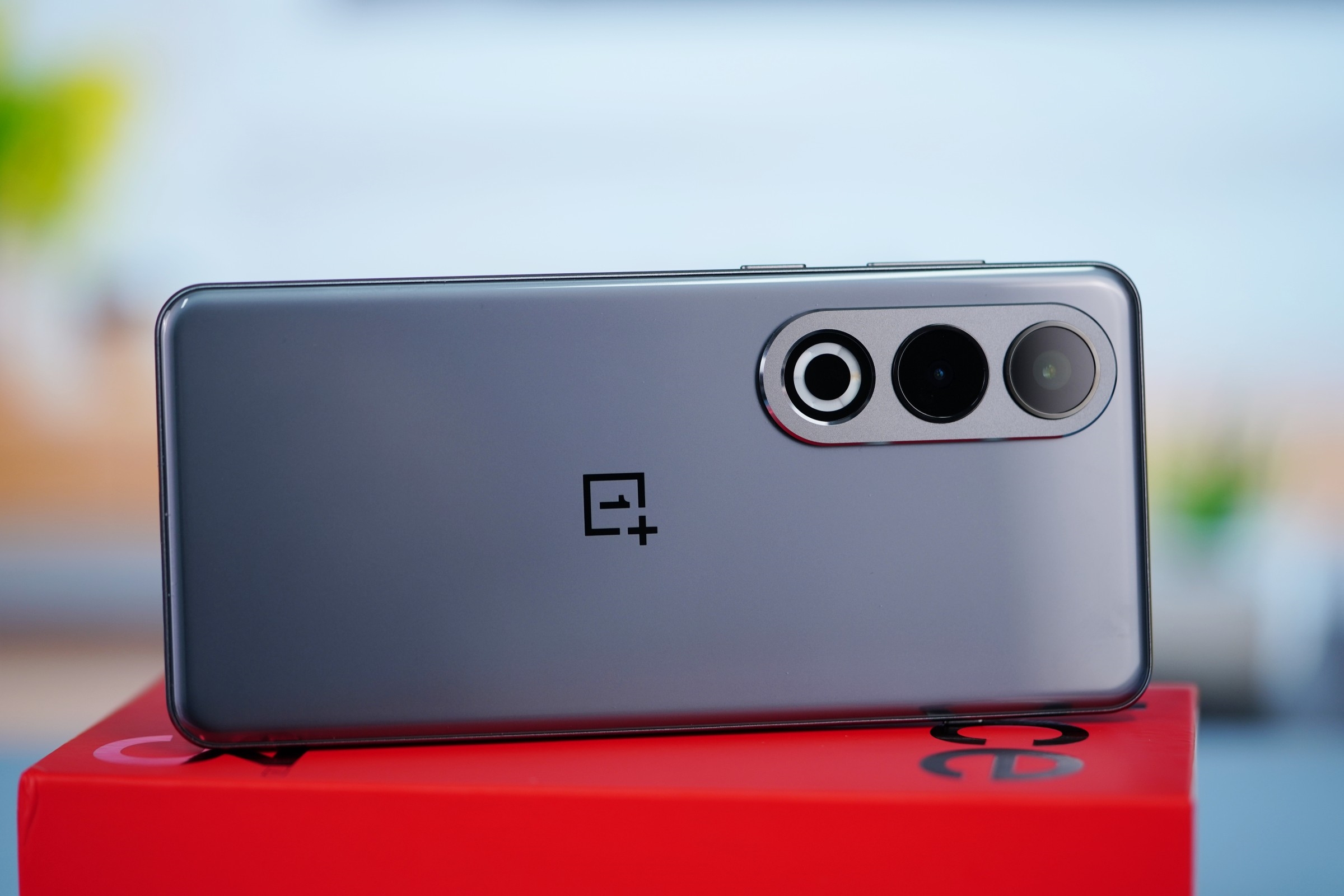
The global debut of the OnePlus Ace 3V features the third-generation Snapdragon 7+ processor, paired with LPDDR5X + UFS 4.0 memory combination. From the specs on paper, it can be said to be the “performance triangle” in this price range. So, how does it perform in reality? Let’s put it to the test.
Firstly, let’s talk about this third-generation Snapdragon 7+. It consists of a combination of specs: 2.8 GHz Cortex-X4 big core, four 2.61 GHz Cortex-A720 medium cores, and three 1.9GHz Cortex-A520 small cores. The GPU is Adreno 732. Unlike the previous 7+ series, Qualcomm, this time, for the first time, has brought the architecture of the latest generation flagship mobile platform of the 8 series to the 7 series mobile platform. And the manufacturing process is also the same TSMC 7nm process as the 8 Gen3, so whether it’s the architecture or the performance, it can be regarded as a “small 8 Gen3”.
On the other hand, as a mid-range model, OnePlus Ace 3V still adheres to the concept of “popularizing large memory,” starting from 12GB+256GB, up to 16GB+256GB. It doesn’t use configurations like 8GB+128GB which are neither good-looking nor useful to lower the starting price, which deserves praise.
Moreover, based on this, the OnePlus Ace 3V also supports “Memory Gene Recombination Technology 2.0” and “Revitalization Storage Technology”. After 72 hours of background application preservation, the number of applications can reach up to 29, further leveraging the advantages of large memory.
With the theoretical parameters covered, let’s move on to the actual testing part and see how the performance turns out.
In the AnTuTu test, OnePlus Ace 3V scored over 1.5 million points. In the GeekBench5 test, the single-core score was 1414 points, and the multi-core score was 4594 points, which is quite good.
In the flash memory test, OnePlus Ace 3V achieved a write speed of 3691MB/s and a read speed of 3952MB/s, showing excellent performance with full-blooded USF4.0. In the storage test of AnTuTu, it also scored 1.85 million points.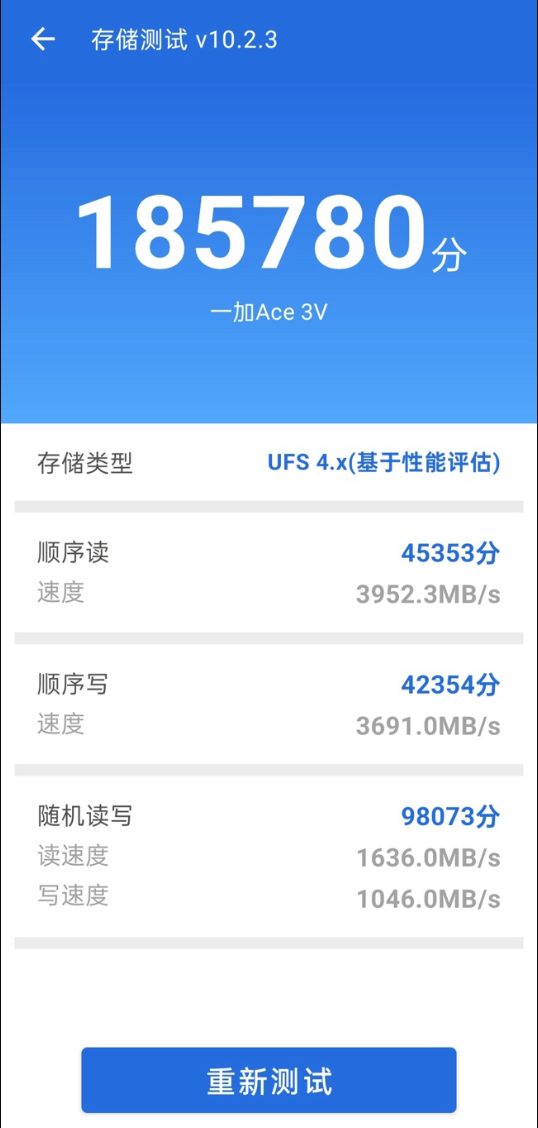
Now, let’s look at the 3D Mark which focuses on GPU performance. In the Wild Life project, the OnePlus Ace 3V scored 11212 points. In a continuous 20 rounds of 3D Mark Wild Life, OnePlus Ace 3V’s stability was 82.4%, indicating a stable performance release.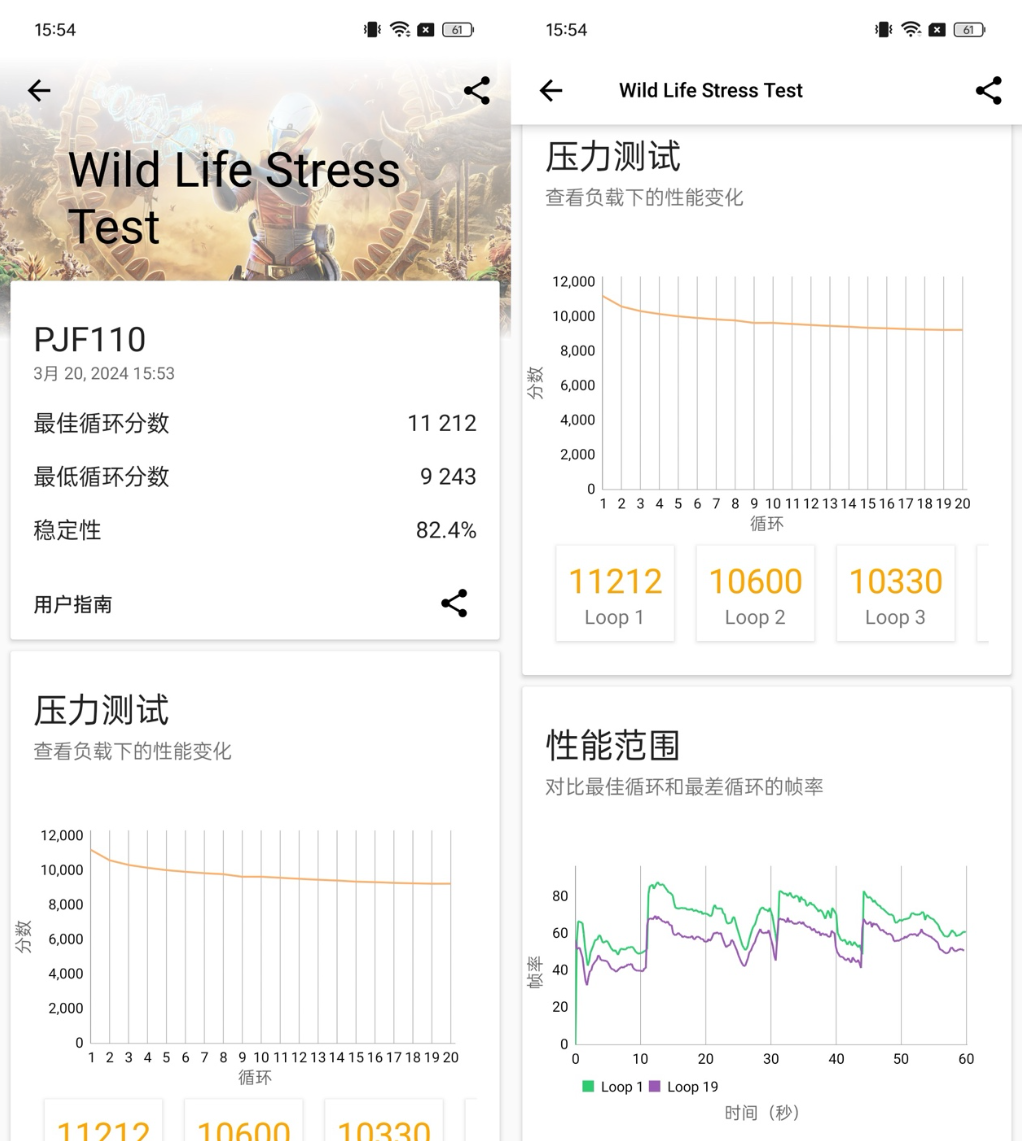
In terms of charging, the OnePlus Ace 3V is equipped with a long-life 100W super flash charging and a 5500mAh large battery with a dual-cell design. It charges 40% in 10 minutes, 60% in 15 minutes, and fully charges in just 32 minutes. This 5500mAh large battery took about 30 minutes to go from 5% to fully charged.
Furthermore, OnePlus Ace 3V introduces AI battery management technology for the first time, based on the SUPERVOOC S power management chip, intelligently managing charging and discharging. For example, under severe cold conditions, the OnePlus Ace 3V can heat the battery to ensure charging efficiency, and while charging while playing, it can intelligently control the charging current to avoid overheating.
Gaming Experience
Starting with gaming performance, we tested two rounds of intense 120fps “King of Glory” ranked matches in a room-temperature WiFi environment.
The graphical user interface of the application displayed promising results.
As shown in the graph, the average frame rate of the OnePlus Ace 3V reached 120fps, indicating solid performance.
Analyzing the frame rate curve, it remained remarkably stable throughout, resembling a straight line. Moreover, the device’s highest temperature peaked at around 37°C, demonstrating effective heat control.
Looking at power consumption, the OnePlus Ace 3V maintained an average frame rate fluctuating around 2.2W, showcasing commendable power efficiency.
Moving on to test “Genshin Impact,” a game with higher performance demands, we maxed out the graphics settings and ran through Liyue Harbor for 20 minutes.
The average frame rate recorded was 59.3 frames per second, with a consistently stable frame rate curve. The device’s peak temperature during gameplay reached approximately 41°C.
The overall power consumption hovered around 3W, with a maximum of only 4W, indicating efficient energy usage.
It’s worth mentioning that the 7 Gen3 chipset performed admirably, bolstered by the OnePlus Ace 3V’s HyperBoost 2.0 gaming engine. With AI optimization, it intelligently manages resources to ensure a smooth gaming experience.
Apart from gaming performance, the OnePlus Ace 3V’s “Gaming Cloud Network” technology also stood out. Unlike PC gaming, mobile gaming often encounters varying network conditions. To test its signal stability, we played a match in data mode, simulating scenarios where a stable connection is crucial.
From corridor to elevator and back out, the entire experience maintained a latency of no more than 50ms, showcasing remarkable stability that minimally impacts the gaming experience. We invite you to watch the recorded gameplay clips to feel the difference firsthand.
Cameras
In terms of imaging, the OnePlus Ace 3V has removed the 20-megapixel macro lens used in the previous generation for just filling the numbers, opting instead for a dual-camera setup of wide-angle + main camera. The main camera features a Sony 50-megapixel 1/1.95-inch sensor with OIS optical stabilization.
Moreover, in the author’s view, abandoning the so-called “triple camera” which sounds good but isn’t practical, and opting to allocate space to two more commonly used cameras while enhancing their image quality performance, can bring about a certain improvement in user experience.
The overall style of the main camera still prioritizes natural reproduction. From the sample images, it’s evident that its HDR performance is quite impressive. Even in scenes with significant light contrast, it manages to effectively restore details in shadows and highlights, while preserving authentic brightness relationships. Additionally, while this sensor may not be termed as “large” in today’s smartphone arena, compared to the increased sensor area in the previous generation, it still brings about a certain improvement in resolution.
Although lacking a telephoto lens, the 2x lens cropped from the 50-megapixel main camera serves as one of the most commonly used focal lengths, meeting basic daily shooting needs with its quality.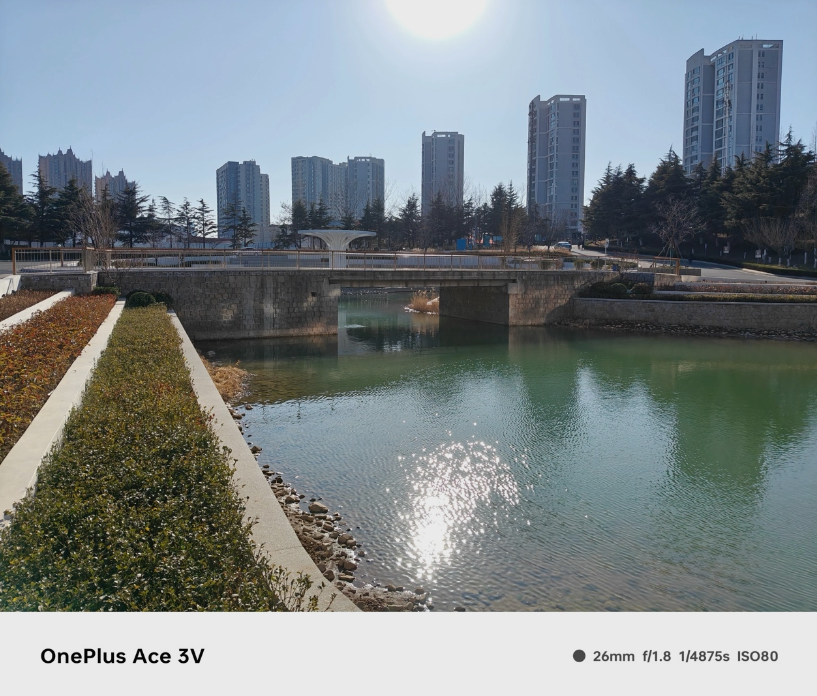
Moreover, the quality of the ultra-wide-angle lens is somewhat underwhelming, but it still serves well for capturing moments in good lighting conditions.
Overall, as a performance-oriented product, the imaging of the OnePlus Ace 3V is capable of meeting daily usage.
In addition to its impressive imaging performance, the OnePlus Ace 3V introduces several practical AI features based on the AndesGPT model, which were previously only found in flagship devices. OnePlus is now making AI accessible on mid-range devices as well.
For instance, the highly useful AI elimination feature intelligently removes distracting elements from photos, offering a fast and accurate experience.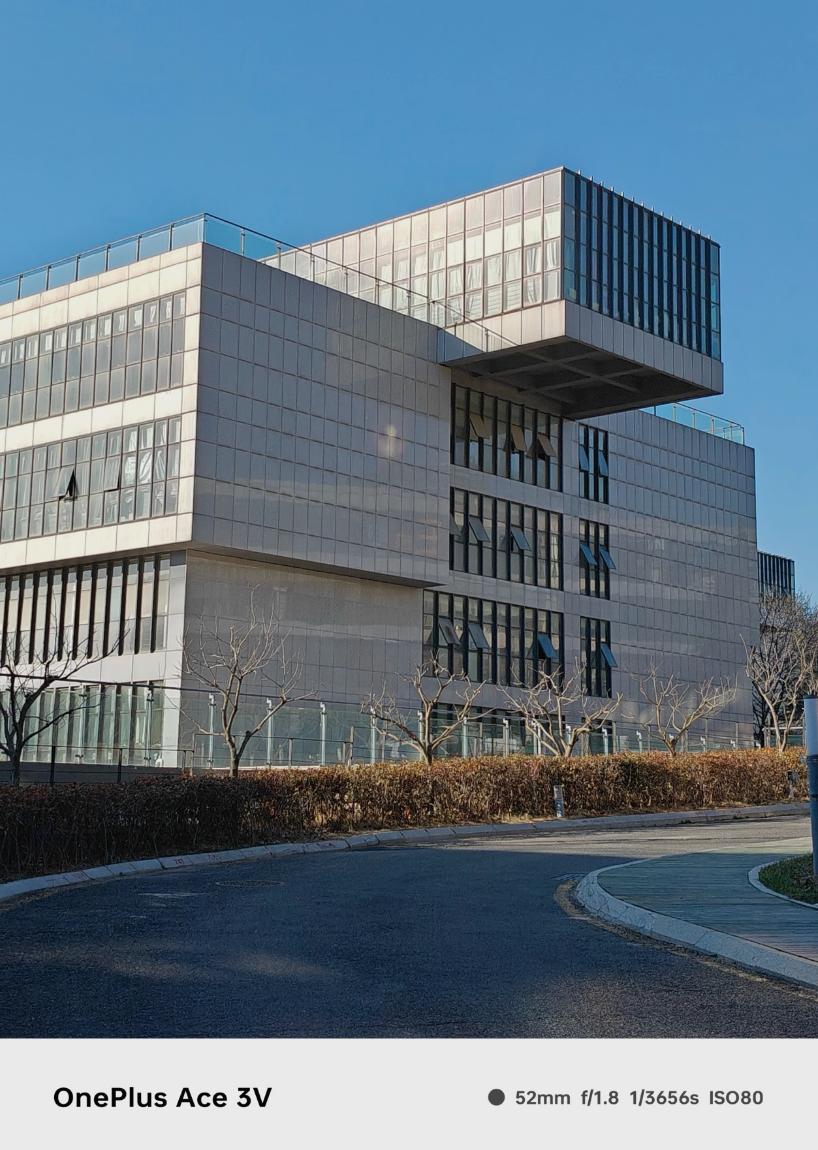
Apart from AI elimination, the OnePlus Ace 3V also introduces the new Xiao Bu AI assistant, which I tried and found remarkably intelligent.
The Xiao Bu AI assistant offers a wide range of functionalities, all accessible either through voice commands or by long-pressing the power button. Once activated, simply state your requirements, and it gets to work. For example, you can ask Xiao Bu to help you practice spoken language. Or perhaps create a travel guide for you. In practice, it’s both convenient and remarkably accurate.
Verdict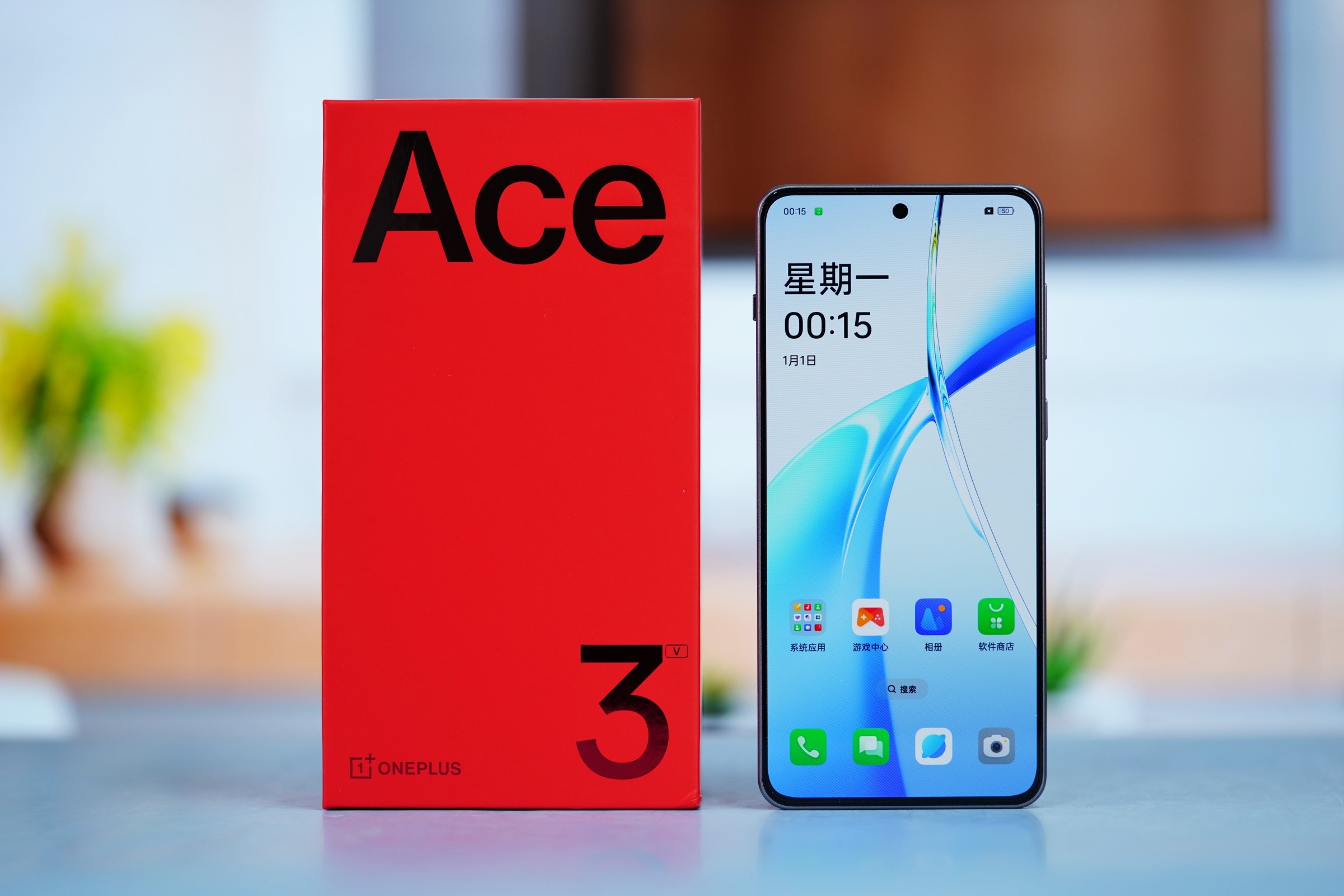
Looking at the overall user experience, the OnePlus Ace 3V is a smartphone with commendable performance, a simple design, and a touch of elegance.
Firstly, the debut of the Qualcomm 7+ Gen3 processor performs well. Additionally, the large memory of UFS 4.0 and LPDDR5x further enhances the overall performance. Moreover, the specifications of a 100W+5500mAh battery, AI-enhanced scene optimizations, and flagship-grade AI capabilities set the OnePlus Ace 3V apart in its category, making it highly competitive.
Therefore, if you’re someone inclined towards performance, seek value for money, and appreciate a sleek and minimalist design, then the OnePlus Ace 3V might just be the right choice for you.
Read Also: Oneplus Ace 3VSmartphone Hands on Images-The third-generation Snapdragon 7+ SoC










